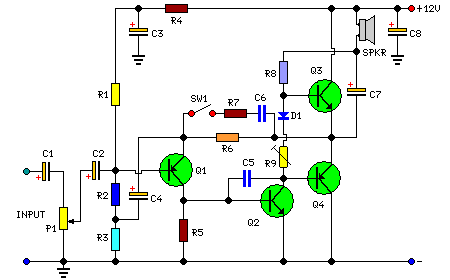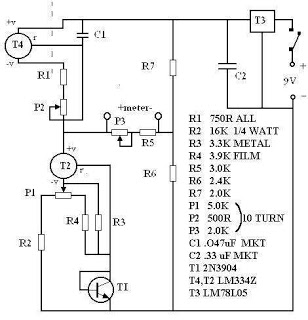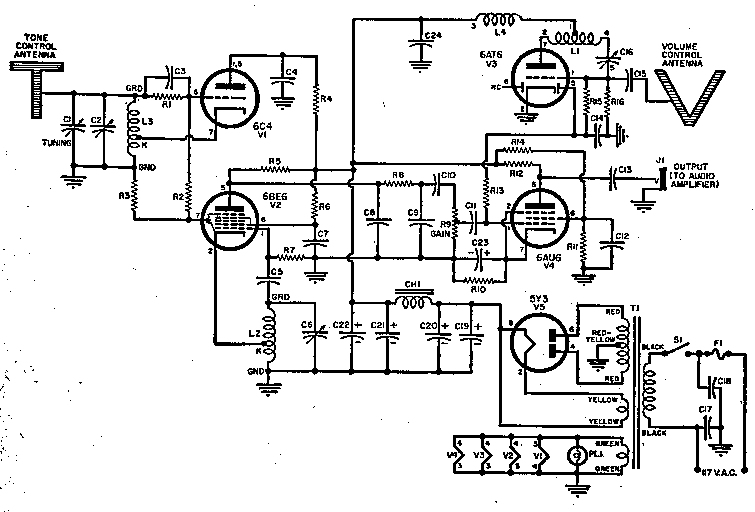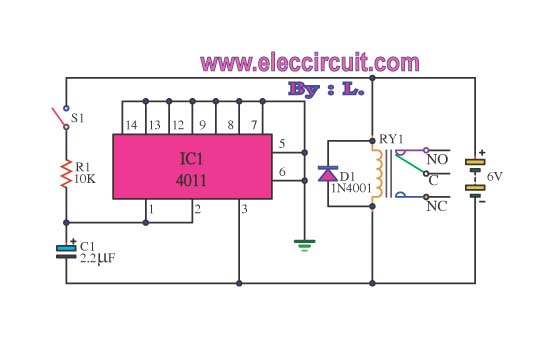
Guitar Microphone Mixer Electronic Audio Kit for musicians
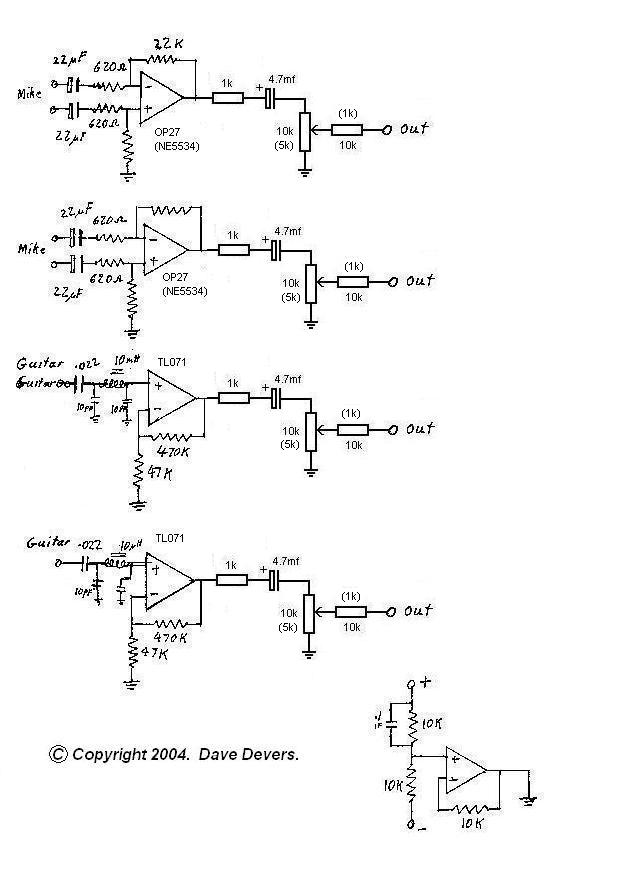
The mixer is extremely useful for direct input (DI) of guitars and basses into soundcards or other mixers, allowing for the utilization of channels on mixers that lack microphone inputs. It is particularly beneficial for one or two guitarists who wish to sing and play through a single guitar amplifier. The printed circuit board (PCB) may differ slightly from the images provided, as it will feature potentiometers mounted in a similar manner to those found on the compressor board. A second board design will be included, featuring a slightly altered arrangement of the components to accommodate lower impedances and separate direct outputs for soundcards. The distinction between the two configurations in terms of specifications is negligible. The components on the first board can be rearranged, and tracks can be broken to form the circuit provided by the second board, allowing users to select the board that best fits their application. If sufficient interest is shown in this project, a ready-made PCB may be available through the website. The bias voltage for all operational amplifiers (op-amps) is generated from a voltage divider made up of two 10K resistors, providing a mid-voltage point. This voltage is then amplified through an op-amp to minimize noise introduced by the resistors; the output of this op-amp serves as the bias input for the other op-amps. If a consistent supply voltage is used, noise can be further reduced by replacing one of the resistors in the voltage divider with a zener diode, selecting a zener that is approximately half the supply voltage. Two printed circuit boards are outlined: the first is designed primarily for the input of a guitar amplifier, while the second is tailored for soundcard input. On the second board, the outputs are connected together. To implement separate outputs, the track connecting the outputs must be broken, and the 10K output resistors should be replaced with 1K resistors. The PCB diagrams should be photocopied at 200% and then printed onto a transparency at 50%, as this method yields better results. It is advisable to first make 50% copies on plain paper to verify that the size is correct. Many copying shops can print directly onto transparencies using the appropriate ink and printers. Originally, this mixer was purchased many years ago, consisting of one transistor, seven resistors, two capacitors, and four potentiometers. Although it was somewhat noisy and had a gain close to unity, it had been unused for many years until a small mixer was required. The original design was inadequate, prompting the creation of a new circuit and PCB, which was then installed in the original chassis. A couple of balanced XLR sockets were added to the back, and the original potentiometers had their values lowered by adding parallel resistors across each one, as shown in the accompanying photo. Initially, it functioned as a transistorized microphone mixer, but it has since been transformed into an integrated circuit guitar microphone mixer.
The mixer design incorporates a dual-board approach to accommodate different audio input requirements. The first board, optimized for guitar amplifier inputs, features a straightforward layout that allows for easy integration with standard guitar setups. The second board, tailored for soundcard inputs, provides enhanced flexibility with separate outputs to facilitate direct connections to digital audio workstations or recording interfaces. This separation is crucial for users who require clean, unprocessed signals for further manipulation in software.
The operational amplifiers utilized in the design are selected for their low noise characteristics, which are essential for maintaining audio fidelity. The biasing scheme, employing a voltage divider, ensures that the op-amps operate within their optimal range, minimizing distortion and enhancing signal integrity. The option to replace one of the resistors with a zener diode is a valuable modification for users seeking to optimize noise performance in consistent supply voltage scenarios.
In terms of assembly, the PCB layouts are designed for ease of soldering and modification. The ability to rearrange components and break tracks provides a level of customization that caters to various user needs, whether for live performance or studio recording. The inclusion of balanced XLR outputs enhances compatibility with professional audio equipment, ensuring that the mixer can be seamlessly integrated into any audio setup.
Overall, this mixer represents a significant improvement over its original design, offering enhanced performance and versatility for musicians and audio engineers alike. The thoughtful design choices and potential for customization make it a valuable tool for anyone looking to enhance their audio mixing capabilities.The mixer is really handy for DI`ing guitars and basses into soundcards or other mixers and making use of channels on mixes that do not have mike in`s, it comes in handy for one or two guitarists that want to sing and play through one guitar amplifier as well. The printed circuit board will not be exactly the same as the one in the pictures, it wi ll be a bit better it has pots mounted on the broad in the same way as they are mounted on the board for the compressor. A second board design with a slightly different arrangement of the plots to suit lower impedances and separate direct outputs for soundcards will be included.
The difference between the two arrangements in respect to specifications is unnoticeable. The components on the first board may be rearranged and tracks broken to form the circuit provided by the second board or the board that best suits your application can be chosen. If enough interest is expressed in this project there maybe a ready-made PCB board available through this website.
The bias voltage for all of the opamps is derived from a voltage divider consisting of two 10K resistors that provide a mid voltage point, this voltage is then amplified through an opamp to lower noise introduced by the resistors, the output of this opamp is the bias input for the other opamps. If you are going to be using the same supply voltage all of the time then noise can be lowered a little more by replacing one of the resistors in the voltage divider with a zener diode, chose a zener that is close to half the supply voltage.
The mixer is really handy for DI`ing guitars and basses into soundcards or other mixers and making use of channels on mixes that do not have mike in`s, it comes in handy for one or two guitarists that want to sing and play through one guitar amplifier as well. Two printed circuit boards are described, the first is more suited for the input of a guitar amp, the second is more suited for the input of soundcards.
On the second board the outputs are connected together. To implement separate outputs break the track connecting the outputs and replace the 10k output resistors with 1k resistors. The PCB board diagrams are 200% photocopy them onto a transparency at 50% they work better this way! First make 50% copies on plane paper to check the size is going to be right. They can be printed directly to transparencies with the right ink and printers, many copying shops can do this for you.
Originally this mixer was one that I brought many many years ago, the original circuit consisted of 1 transistor, 7 resistors, 2 capacitors and 4 potentiometers, it was a bit noisy and had a gain close to unity. It had been sitting there for many years until a small mixer was needed, the mixer as it was, was just not good enough how it was.
So a new circuit and PCB board was designed and placed in the original chassis, a couple of balanced canon sockets were installed on the back, the original pots were too high in value so a couple of resistors were parallel across each one of them, this can be seen from the photo. Before all this it was a transistorised microphone mixer, what a beauty! Now it is a integrated circuit guitar microphone mixer. 🔗 External reference
The mixer design incorporates a dual-board approach to accommodate different audio input requirements. The first board, optimized for guitar amplifier inputs, features a straightforward layout that allows for easy integration with standard guitar setups. The second board, tailored for soundcard inputs, provides enhanced flexibility with separate outputs to facilitate direct connections to digital audio workstations or recording interfaces. This separation is crucial for users who require clean, unprocessed signals for further manipulation in software.
The operational amplifiers utilized in the design are selected for their low noise characteristics, which are essential for maintaining audio fidelity. The biasing scheme, employing a voltage divider, ensures that the op-amps operate within their optimal range, minimizing distortion and enhancing signal integrity. The option to replace one of the resistors with a zener diode is a valuable modification for users seeking to optimize noise performance in consistent supply voltage scenarios.
In terms of assembly, the PCB layouts are designed for ease of soldering and modification. The ability to rearrange components and break tracks provides a level of customization that caters to various user needs, whether for live performance or studio recording. The inclusion of balanced XLR outputs enhances compatibility with professional audio equipment, ensuring that the mixer can be seamlessly integrated into any audio setup.
Overall, this mixer represents a significant improvement over its original design, offering enhanced performance and versatility for musicians and audio engineers alike. The thoughtful design choices and potential for customization make it a valuable tool for anyone looking to enhance their audio mixing capabilities.The mixer is really handy for DI`ing guitars and basses into soundcards or other mixers and making use of channels on mixes that do not have mike in`s, it comes in handy for one or two guitarists that want to sing and play through one guitar amplifier as well. The printed circuit board will not be exactly the same as the one in the pictures, it wi ll be a bit better it has pots mounted on the broad in the same way as they are mounted on the board for the compressor. A second board design with a slightly different arrangement of the plots to suit lower impedances and separate direct outputs for soundcards will be included.
The difference between the two arrangements in respect to specifications is unnoticeable. The components on the first board may be rearranged and tracks broken to form the circuit provided by the second board or the board that best suits your application can be chosen. If enough interest is expressed in this project there maybe a ready-made PCB board available through this website.
The bias voltage for all of the opamps is derived from a voltage divider consisting of two 10K resistors that provide a mid voltage point, this voltage is then amplified through an opamp to lower noise introduced by the resistors, the output of this opamp is the bias input for the other opamps. If you are going to be using the same supply voltage all of the time then noise can be lowered a little more by replacing one of the resistors in the voltage divider with a zener diode, chose a zener that is close to half the supply voltage.
The mixer is really handy for DI`ing guitars and basses into soundcards or other mixers and making use of channels on mixes that do not have mike in`s, it comes in handy for one or two guitarists that want to sing and play through one guitar amplifier as well. Two printed circuit boards are described, the first is more suited for the input of a guitar amp, the second is more suited for the input of soundcards.
On the second board the outputs are connected together. To implement separate outputs break the track connecting the outputs and replace the 10k output resistors with 1k resistors. The PCB board diagrams are 200% photocopy them onto a transparency at 50% they work better this way! First make 50% copies on plane paper to check the size is going to be right. They can be printed directly to transparencies with the right ink and printers, many copying shops can do this for you.
Originally this mixer was one that I brought many many years ago, the original circuit consisted of 1 transistor, 7 resistors, 2 capacitors and 4 potentiometers, it was a bit noisy and had a gain close to unity. It had been sitting there for many years until a small mixer was needed, the mixer as it was, was just not good enough how it was.
So a new circuit and PCB board was designed and placed in the original chassis, a couple of balanced canon sockets were installed on the back, the original pots were too high in value so a couple of resistors were parallel across each one of them, this can be seen from the photo. Before all this it was a transistorised microphone mixer, what a beauty! Now it is a integrated circuit guitar microphone mixer. 🔗 External reference
